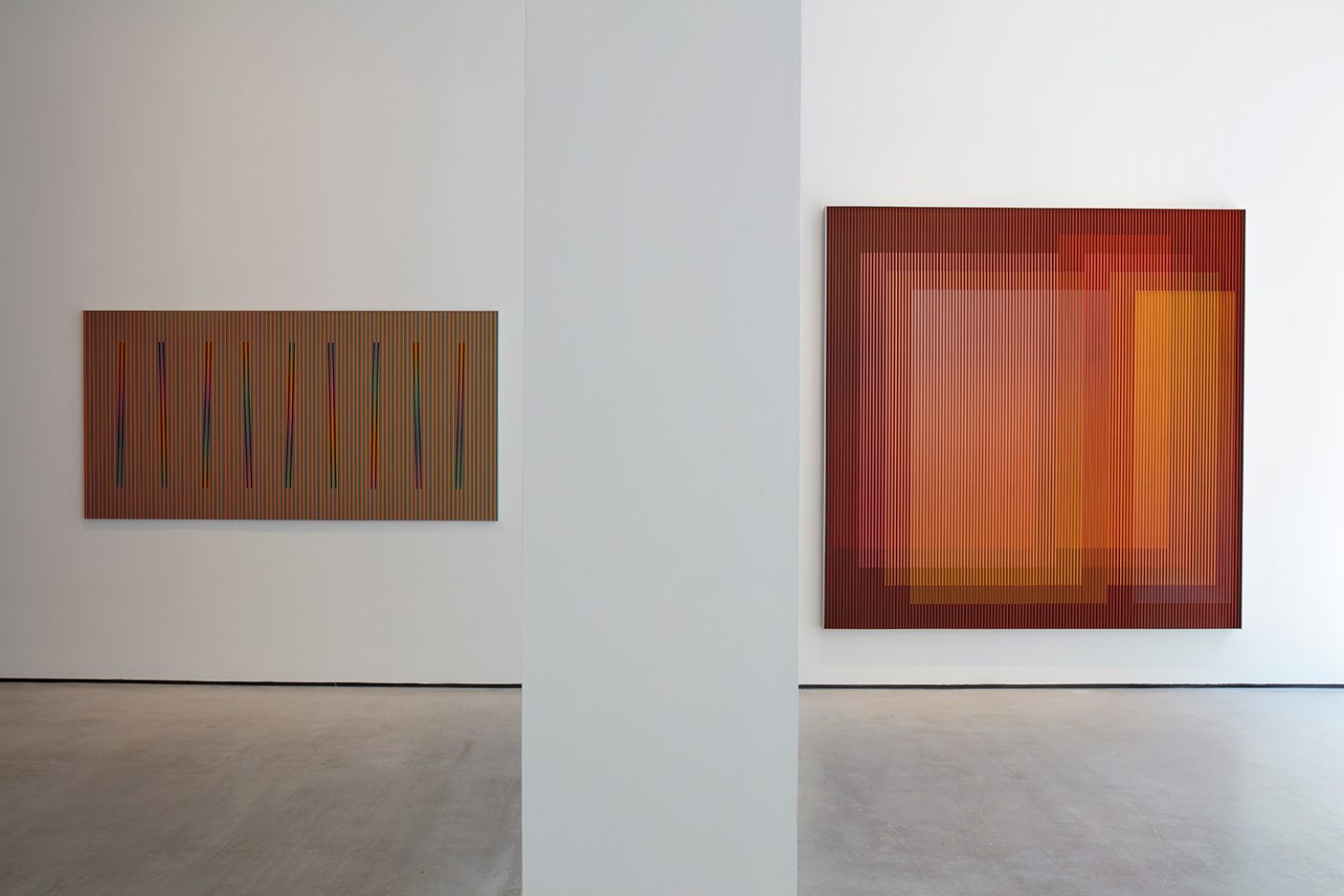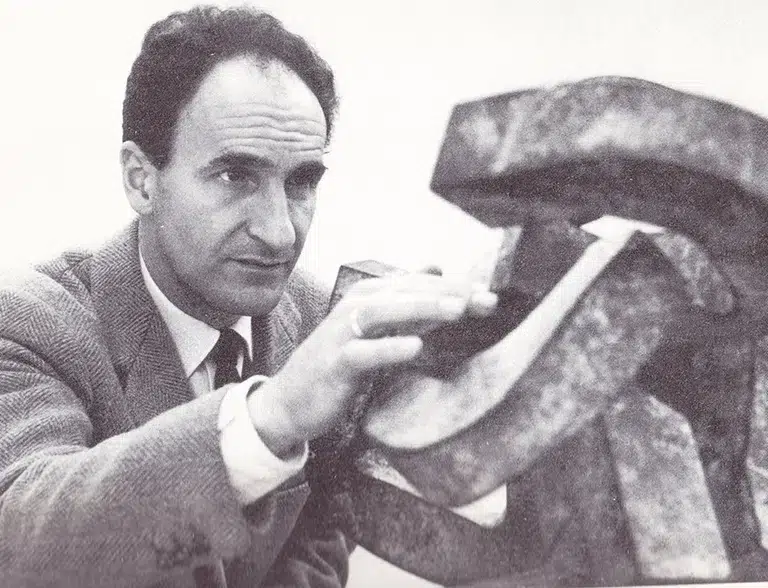Eduardo Chillida
Eduardo Chillida was born in 1924 in San Sebastian. At the age of nineteen he began studying architecture in Madrid, which he later abandoned to devote himself to sculpture and drawing, attending classes at the Círculo de Bellas Artes in Madrid.
His artistic activity began in 1948, coinciding with his move to the city of Paris, where he had the opportunity to meet Pablo Palazuelo. Later he would return to San Sebastian where, over the years, he would work in the Hernani forge where he would discover the use of iron and the plastic capabilities of this material.
In 1981 he was awarded the Gold Medal for Merit in Fine Arts in Madrid and in 1987 he was awarded the Prince of Asturias Award for the Arts.
His first works move within figuration, but soon he would begin to investigate with abstraction, turning the void into an essential element of his work in order to explore the limits of space. In his works the use of the concave curve predominates, a fact that shows his interest in introducing space in sculpture, a space that is un-hidden and acquires its own identity through the inner tension created by matter.
In 2000 the artist established the Chillida-Leku Museum in the Zabalaga farmhouse. The spectacular space is in a traditional Basque building that allows for a perfect integration of the works in the environment.
Selection of works
En este momento nuestra web está cambiando de look, disculpe las molestias.
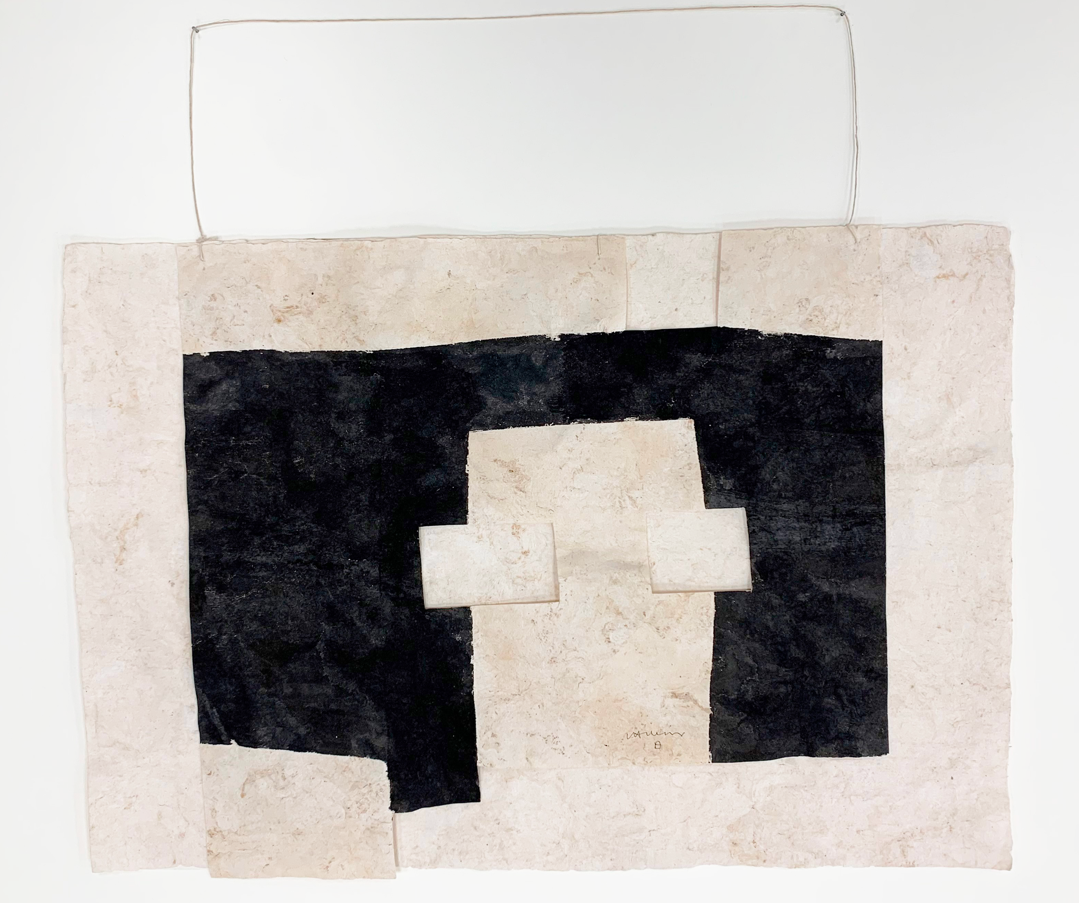
Gravitación, 1990
49 x 56 cm
EC066
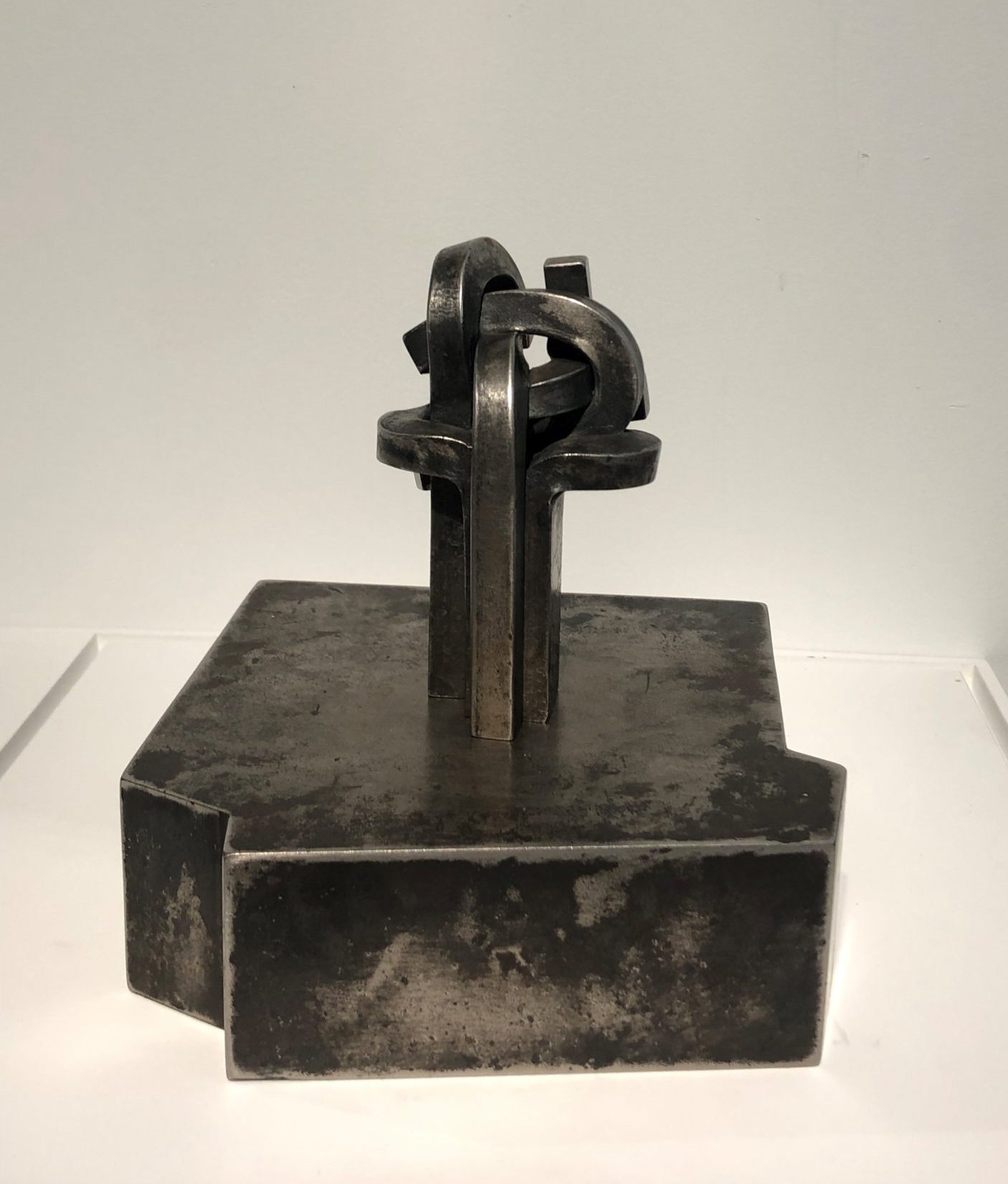
Besarkada V, 1991
16 x 15.5 x 15.1 cm
EC065

Besarkada V, 1991
16 x 15.5 x 15.1 cm
EC065

Besarkada V, 1991
16 x 15.5 x 15.1 cm
EC065
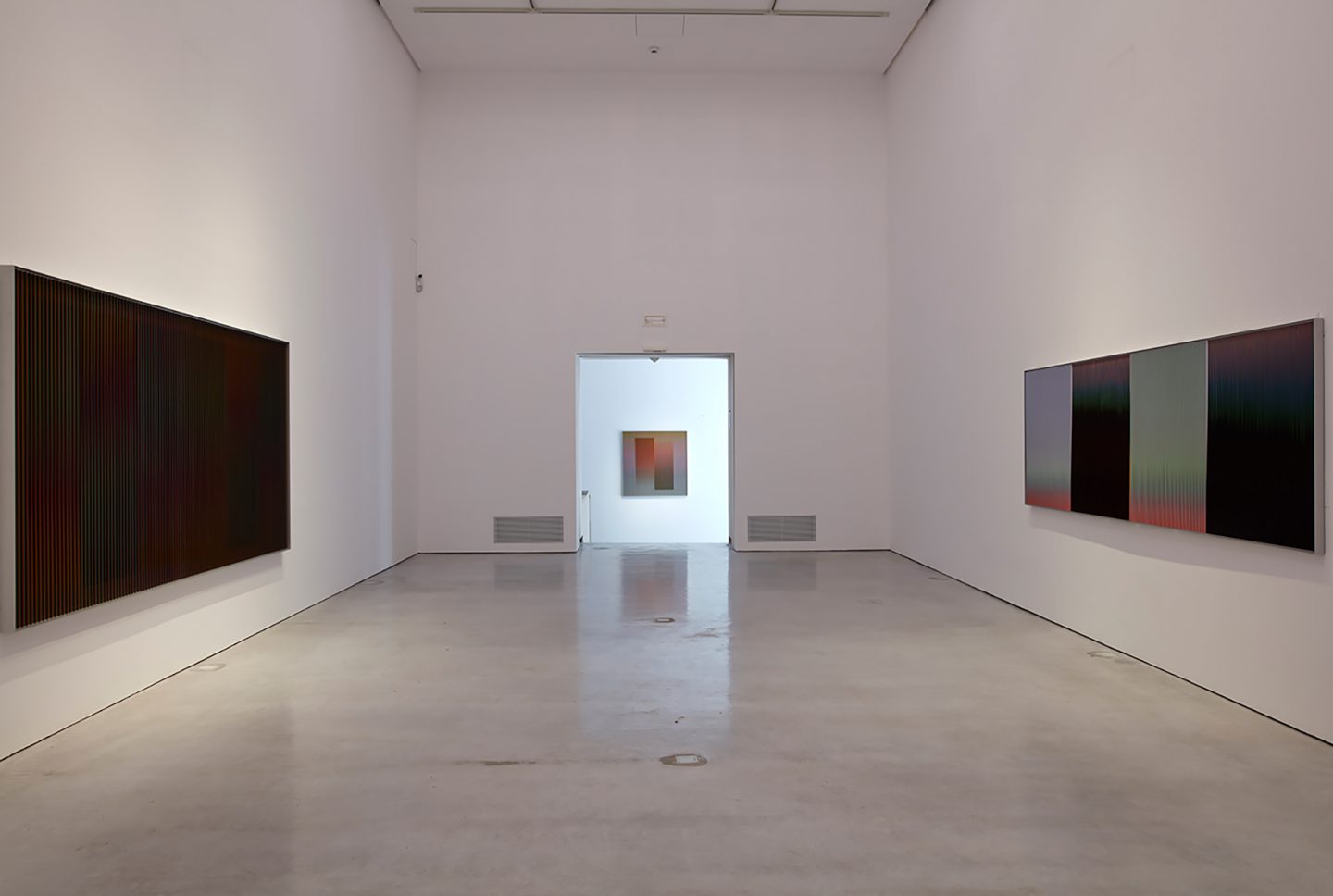
"Cruz-Diez", Cayón, 2016.
